

An AI chatbot is a software application that uses artificial intelligence to simulate human conversation through text or voice interactions. These bots are designed to assist users with various tasks, answer questions, or provide recommendations, making them an integral part of modern customer service, marketing, and business operations. Unlike traditional chatbots, AI chatbots leverage machine learning and natural language processing (NLP) to understand context, provide accurate responses, and even learn from interactions to improve over time.
AI chatbots come in various forms, each designed for specific purposes and functionalities. Below are the main types of AI chatbots:
These chatbots operate using pre-defined options displayed as buttons or menus. Users select their queries or actions by clicking on the provided choices. While limited in functionality, they are straightforward and ideal for basic tasks such as FAQs or navigating a website's features.
Unlock FREE AI-Powered Content Creation with ZOOLI.AI
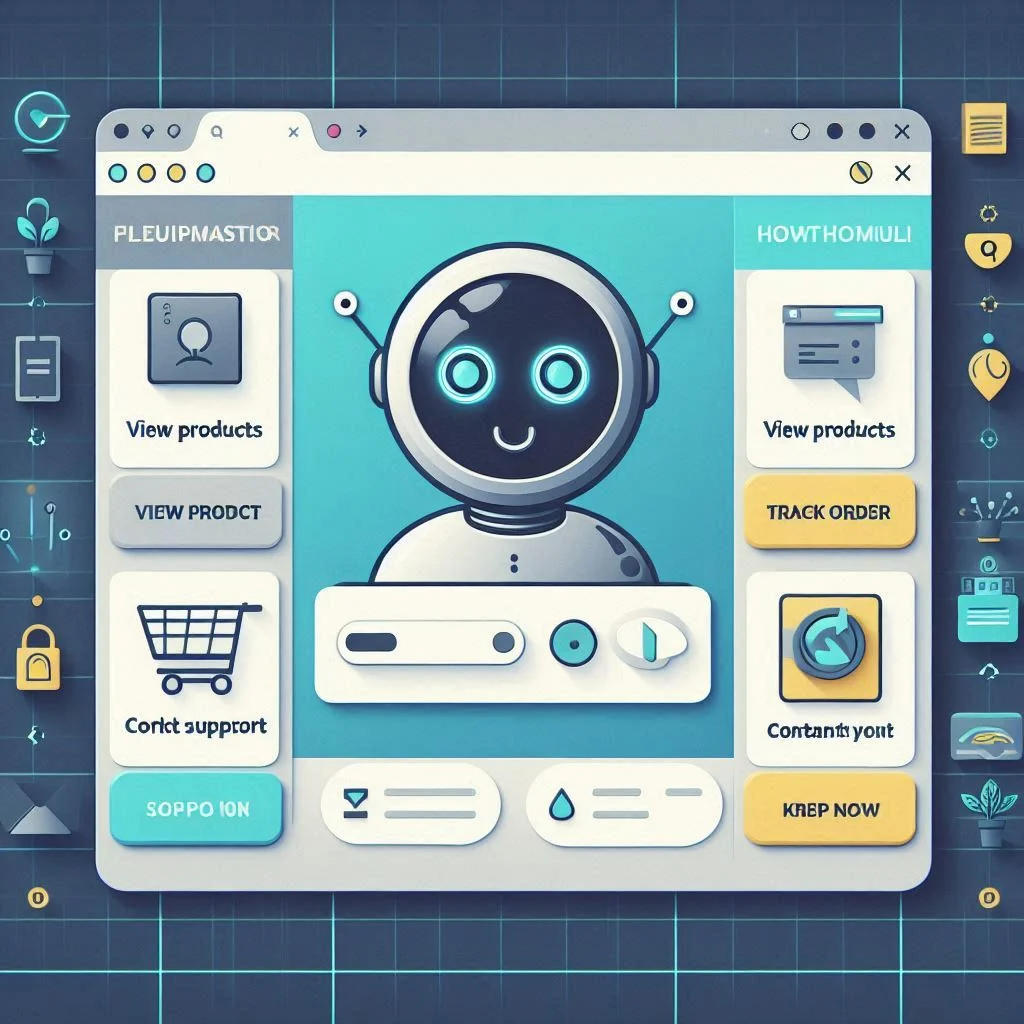
Rule-based chatbots rely on pre-set rules and conditions to provide responses. These bots follow a decision tree or a series of "if-then" statements to guide interactions. They are highly structured but cannot handle queries outside their programmed rules.
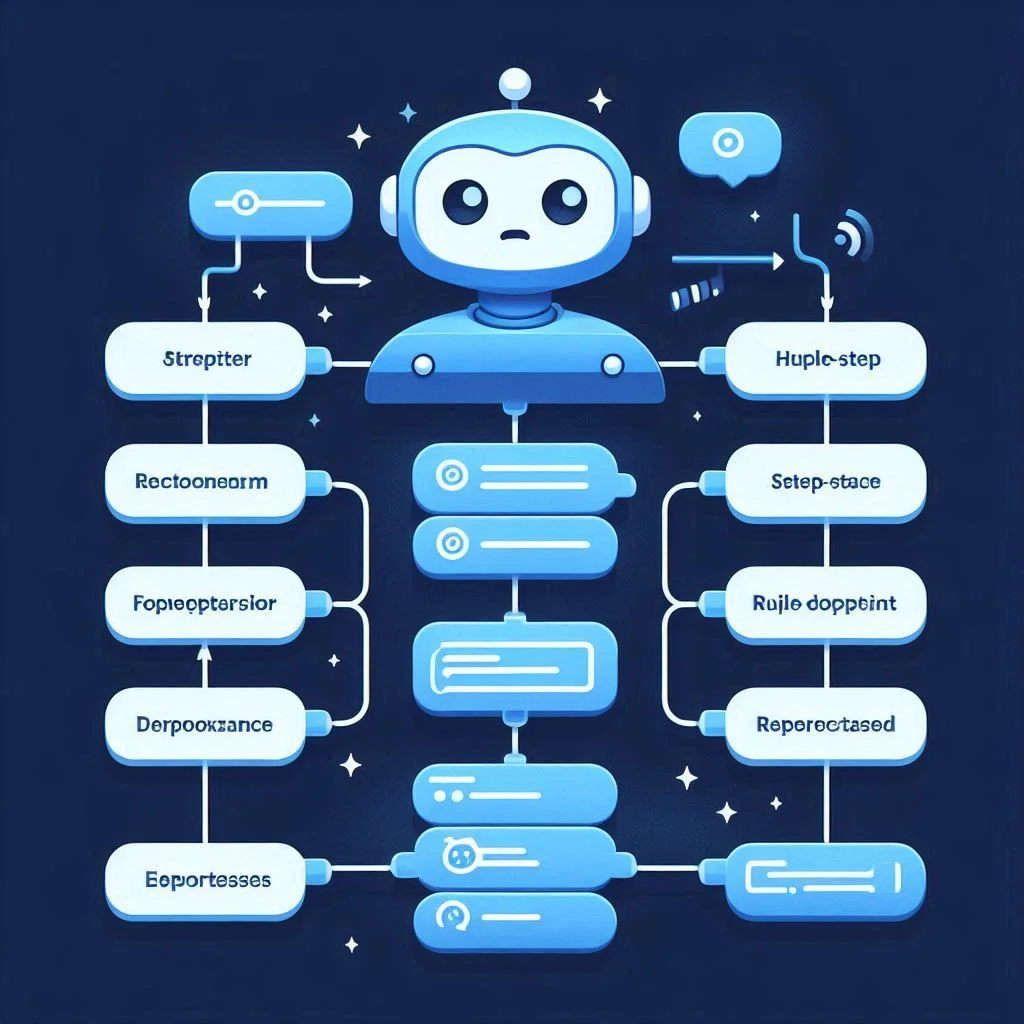
These bots use keyword detection to match user input with predefined responses. By identifying keywords in the conversation, they attempt to provide relevant answers. While more flexible than rule-based bots, they may fail if keywords are missing or phrased differently.
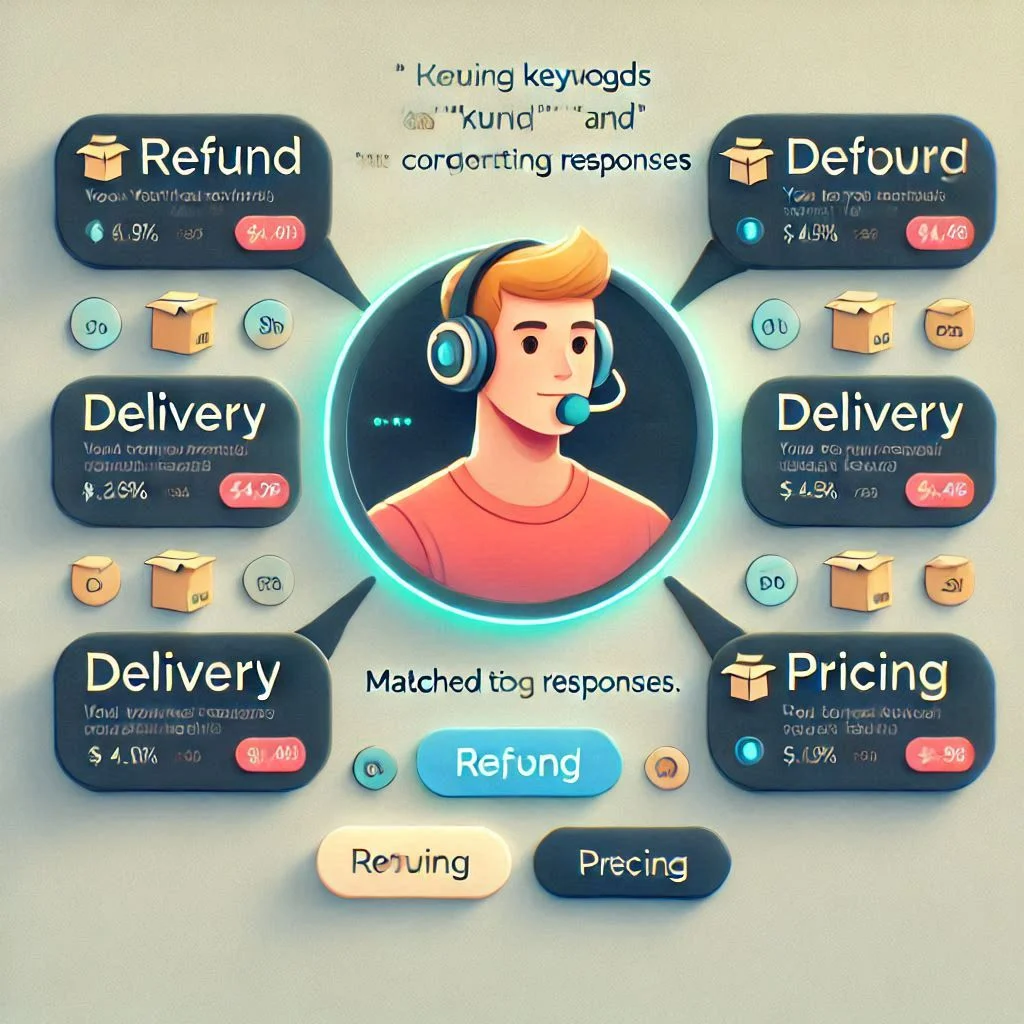
AI-powered chatbots, also known as contextual chatbots, leverage machine learning and NLP to understand user intent and provide responses based on context. These bots continuously improve by learning from past interactions and can handle complex queries.
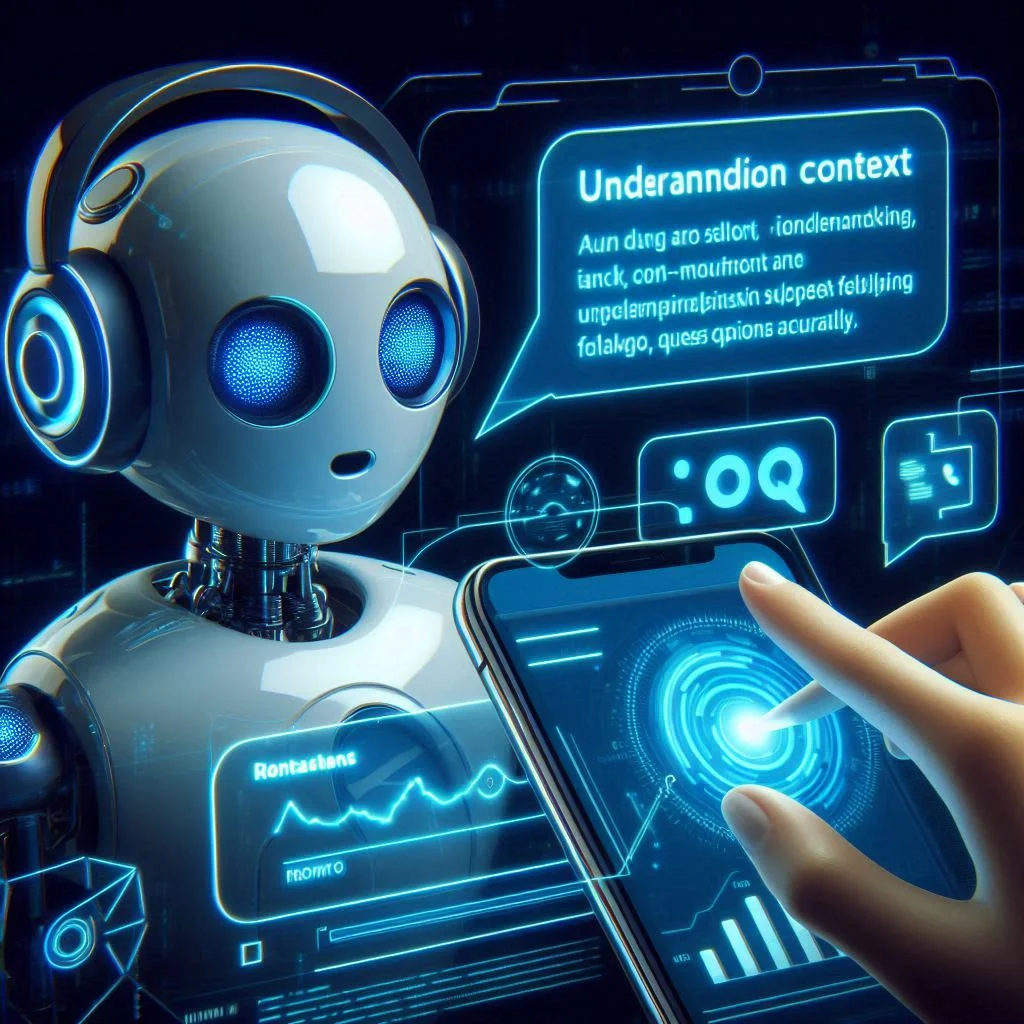
Voice-based chatbots use speech recognition and synthesis to engage users through voice interactions. These bots are widely used in smart devices and customer service phone systems.
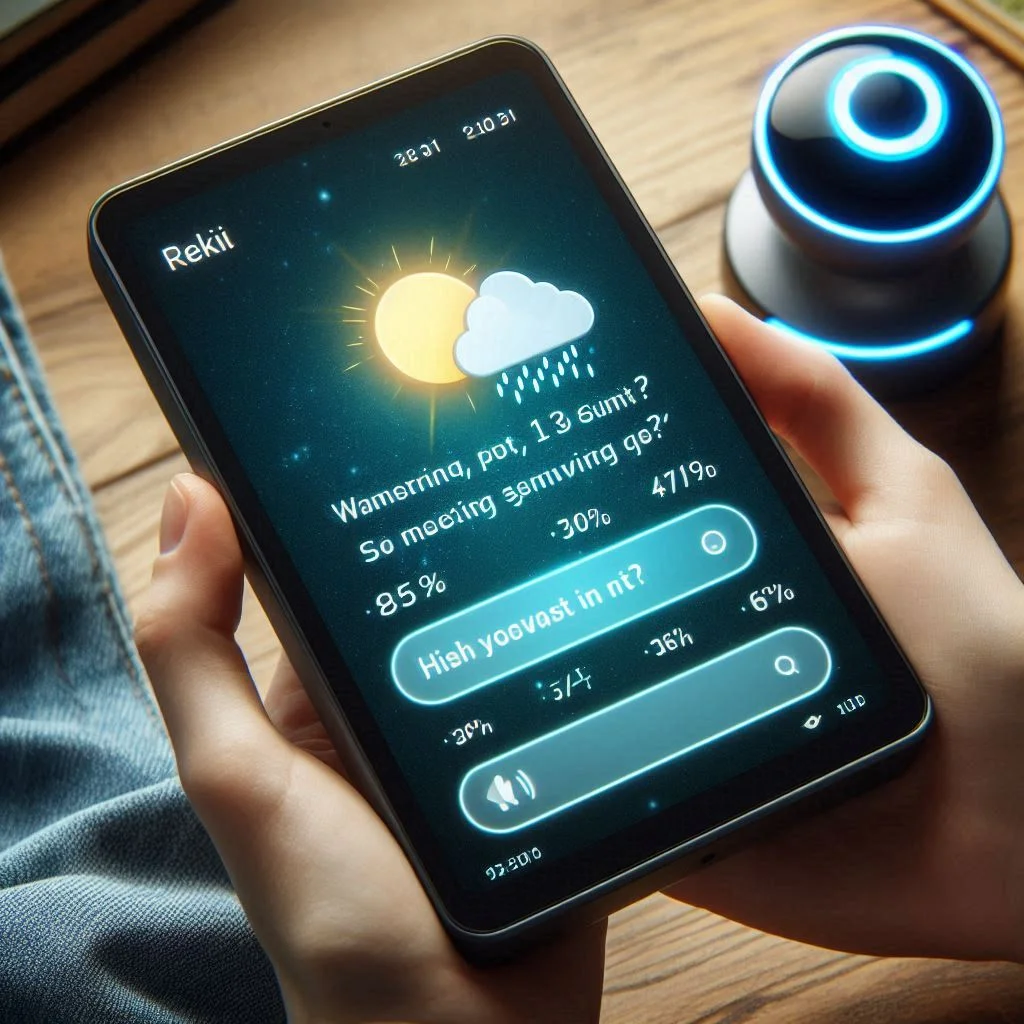
Generative AI chatbots use advanced models like GPT to generate unique, human-like responses. Unlike other bots, they create responses dynamically rather than selecting from pre-programmed replies, making them ideal for creative and unstructured tasks.
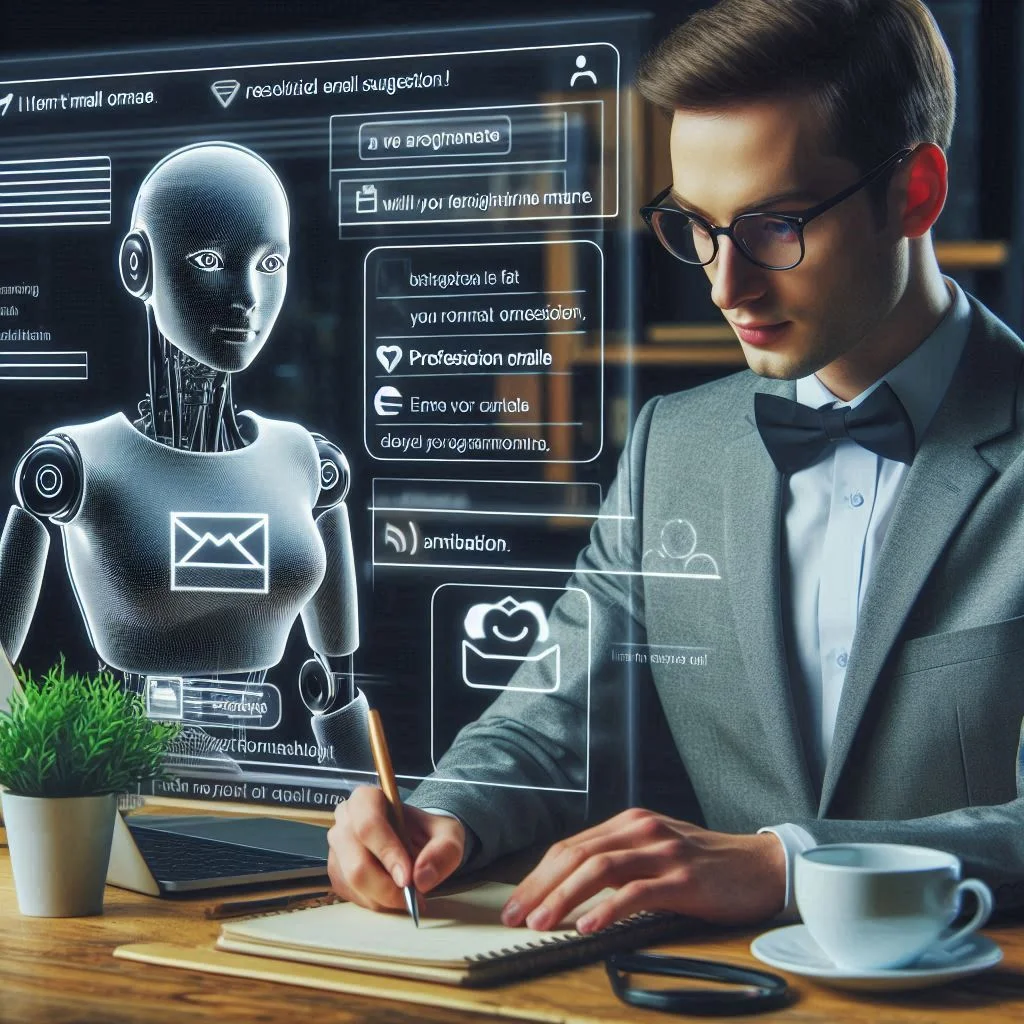
Hybrid chatbots combine rule-based and AI-powered approaches to provide both structure and flexibility. They use predefined rules for straightforward tasks while leveraging AI for complex queries.
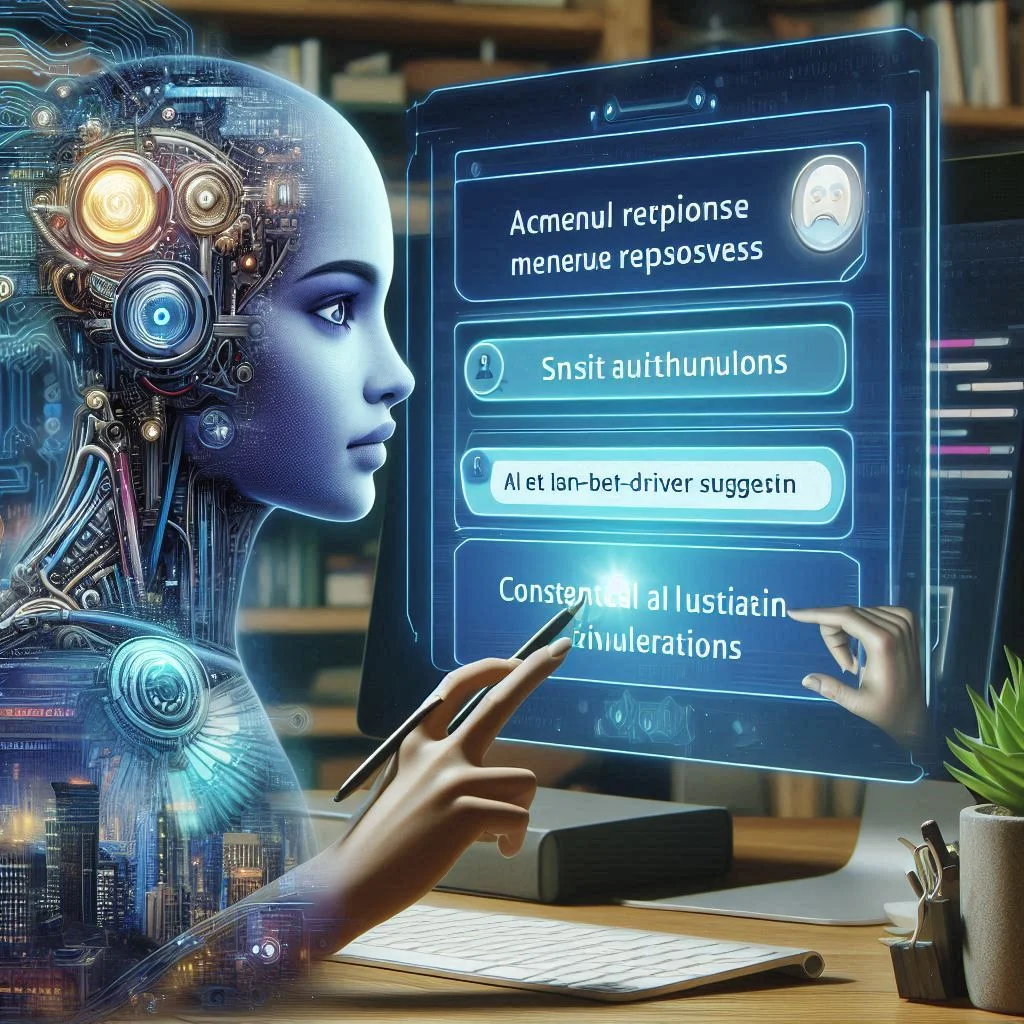
AI chatbots have revolutionized the way businesses interact with their customers, setting themselves apart from traditional chatbots in several key aspects. While traditional bots rely on rigid programming and limited functionality, AI chatbots bring intelligence, adaptability, and a human-like approach to conversations.
AI chatbots excel in their ability to understand and interpret user input beyond predefined rules. By utilizing natural language processing (NLP), these bots can comprehend context, detect sentiment, and process complex queries.
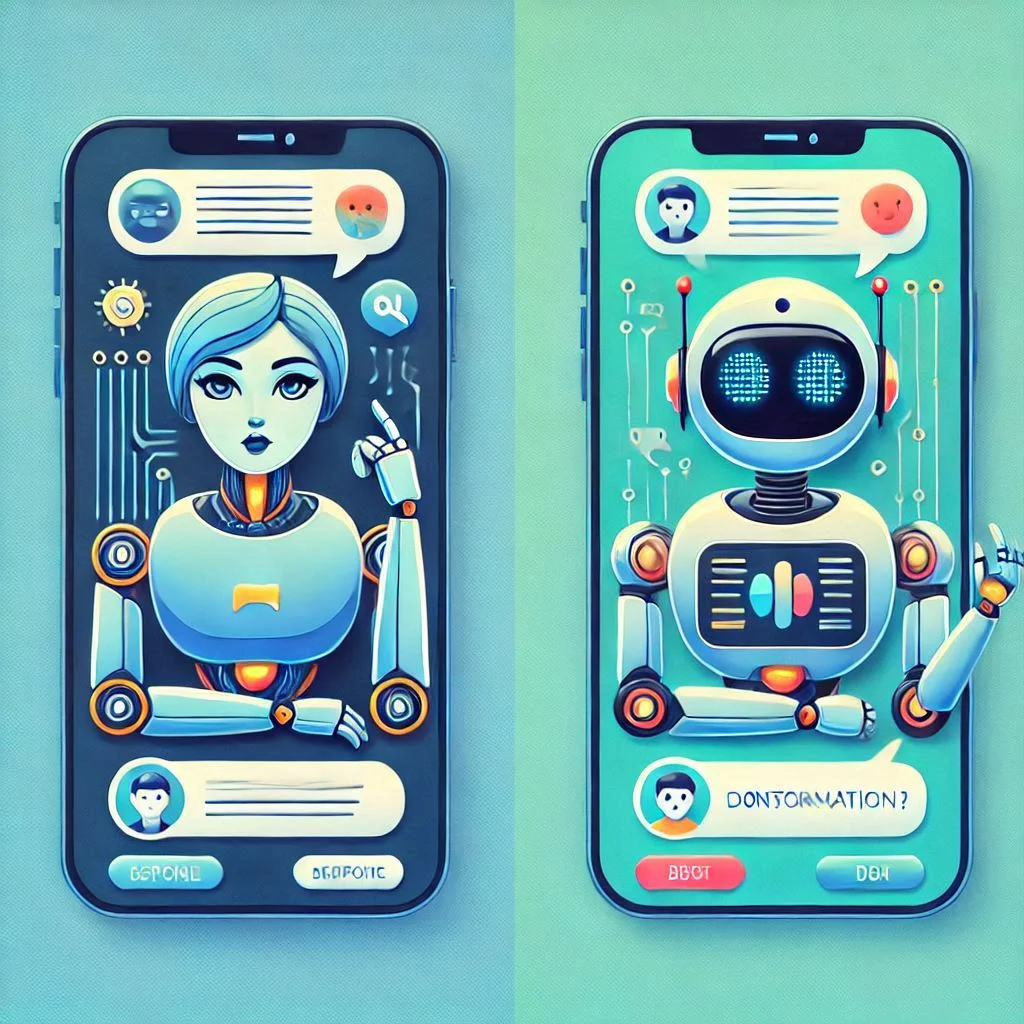
AI chatbots have the unique ability to learn from past interactions and adapt to user preferences over time. Using machine learning (ML), they refine their responses and improve performance as they process more data.
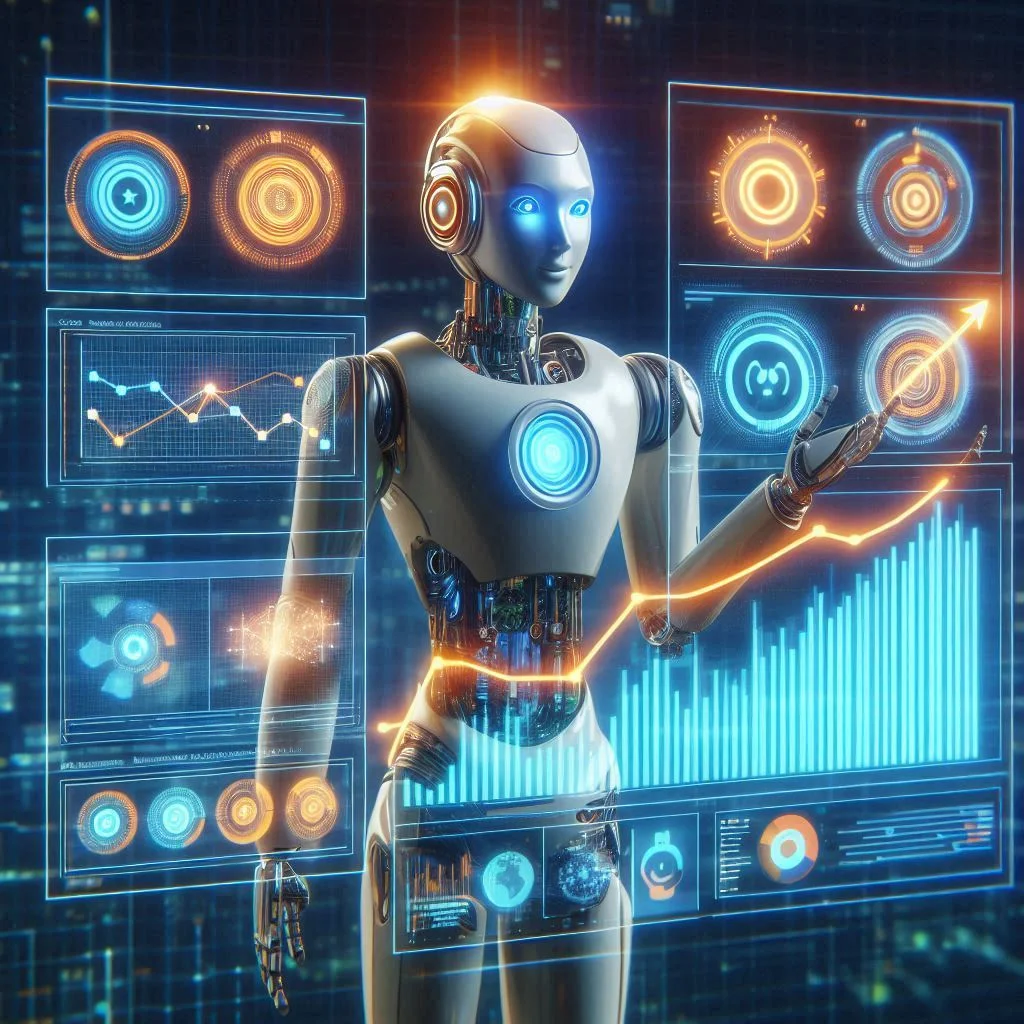
AI chatbots can retain information about users, creating personalized experiences by remembering preferences, past interactions, and context. This enhances engagement and builds stronger customer relationships.
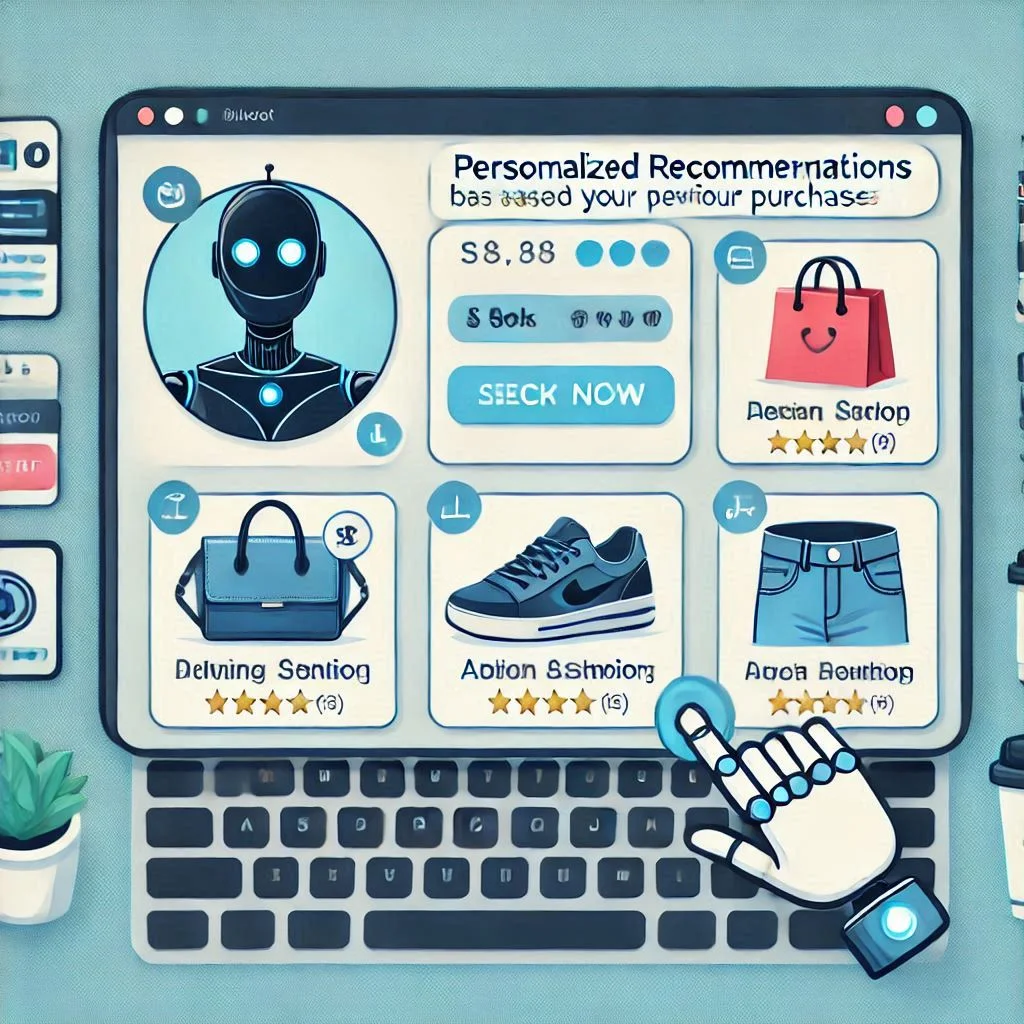
AI-powered chatbots, especially those using generative AI models, can create unique and dynamic responses, making them suitable for creative or unstructured conversations. They move beyond simple retrieval-based mechanisms to generate new and contextually appropriate replies.

Creating an AI bot involves a systematic approach to ensure it meets your business goals and delivers an exceptional user experience. Follow these steps to develop a robust, efficient, and scalable AI bot.
Start by identifying the primary purpose of your AI bot. Whether it's customer support, sales, lead generation, or task automation, clearly defining the use case helps in setting the development direction.
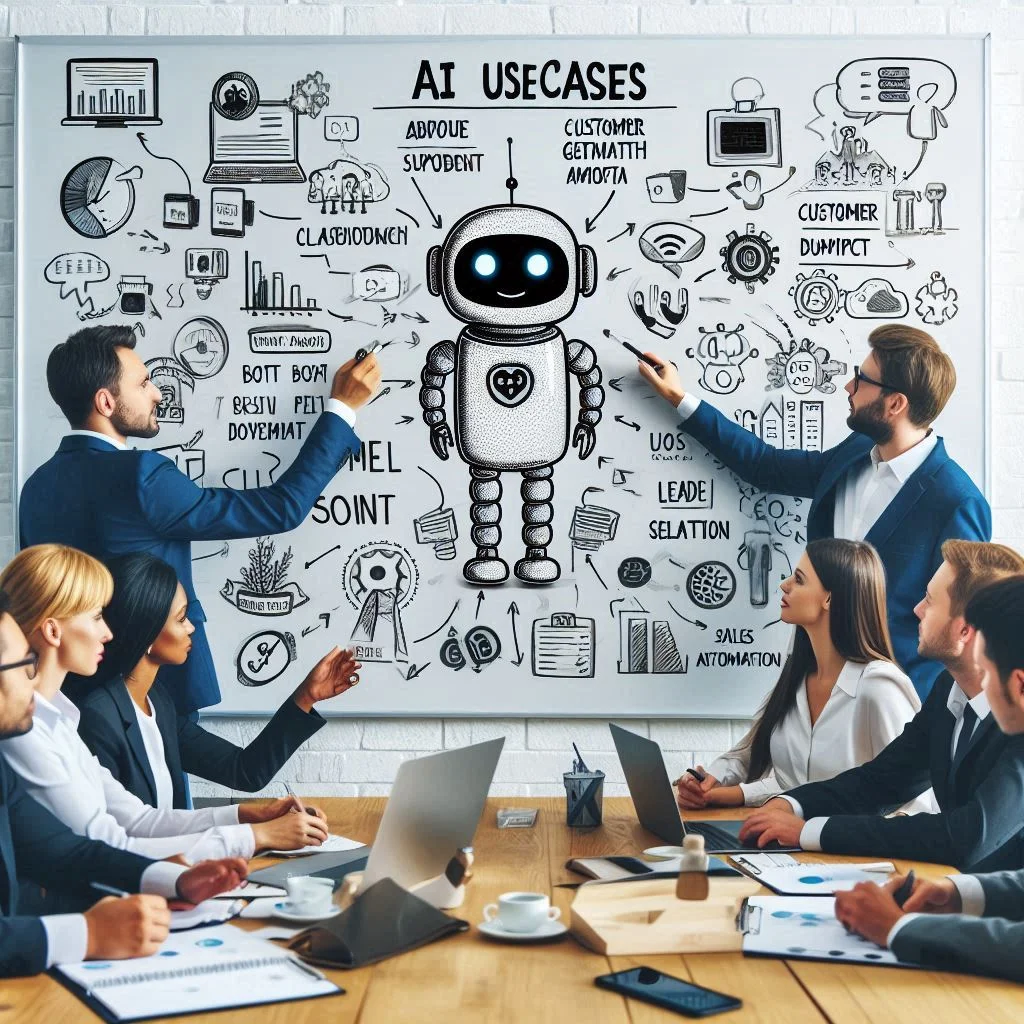
Choose where your AI bot will operate based on your audience. Popular channels include websites, mobile apps, messaging platforms like WhatsApp and Facebook Messenger, and voice assistants like Alexa.
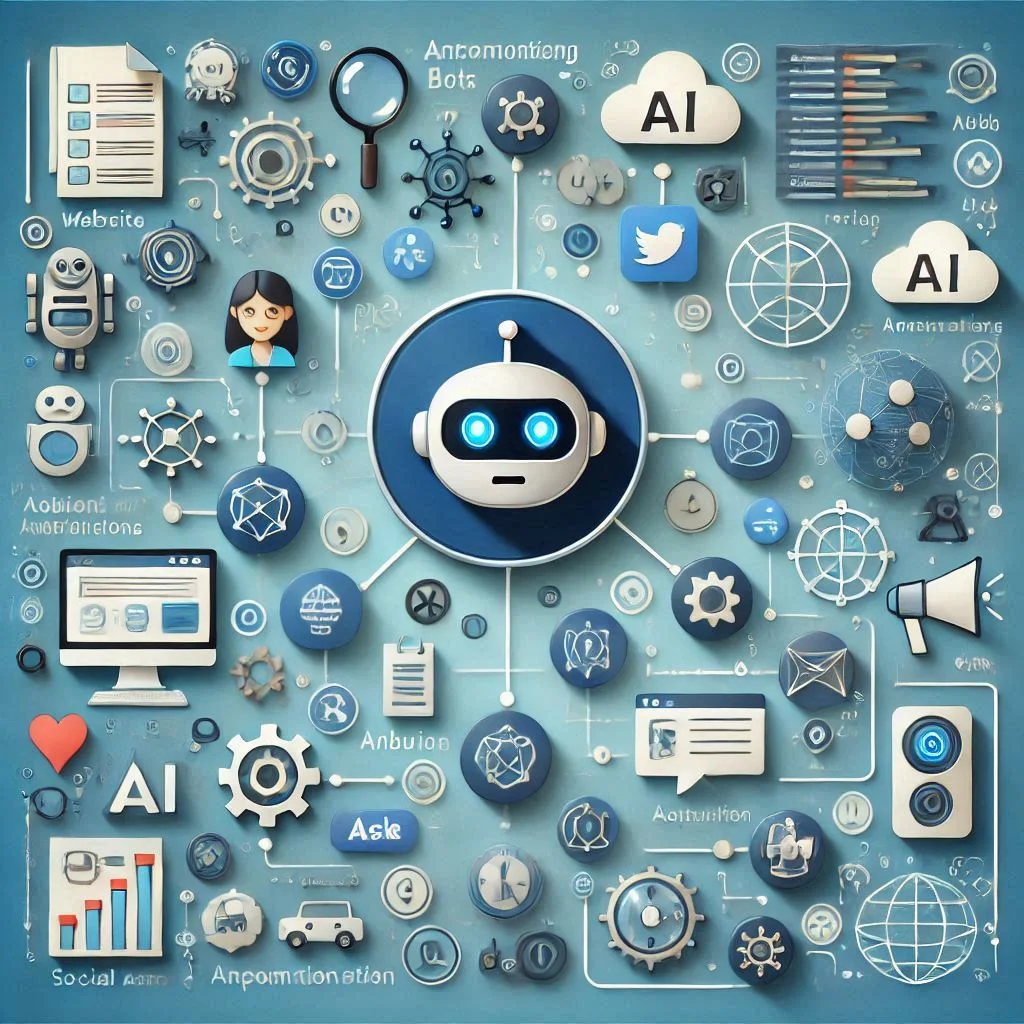
Selecting the right technology stack ensures your bot is equipped with the necessary tools to understand and respond effectively.
NLP tools like Google Dialogflow, IBM Watson, or Microsoft Azure Cognitive Services enable the bot to interpret user queries accurately.
Leverage scalable cloud platforms like AWS, Google Cloud, or Microsoft Azure to host and manage your bot's backend infrastructure.
Use AI frameworks like TensorFlow or PyTorch to integrate advanced machine learning models for your bot's decision-making capabilities.
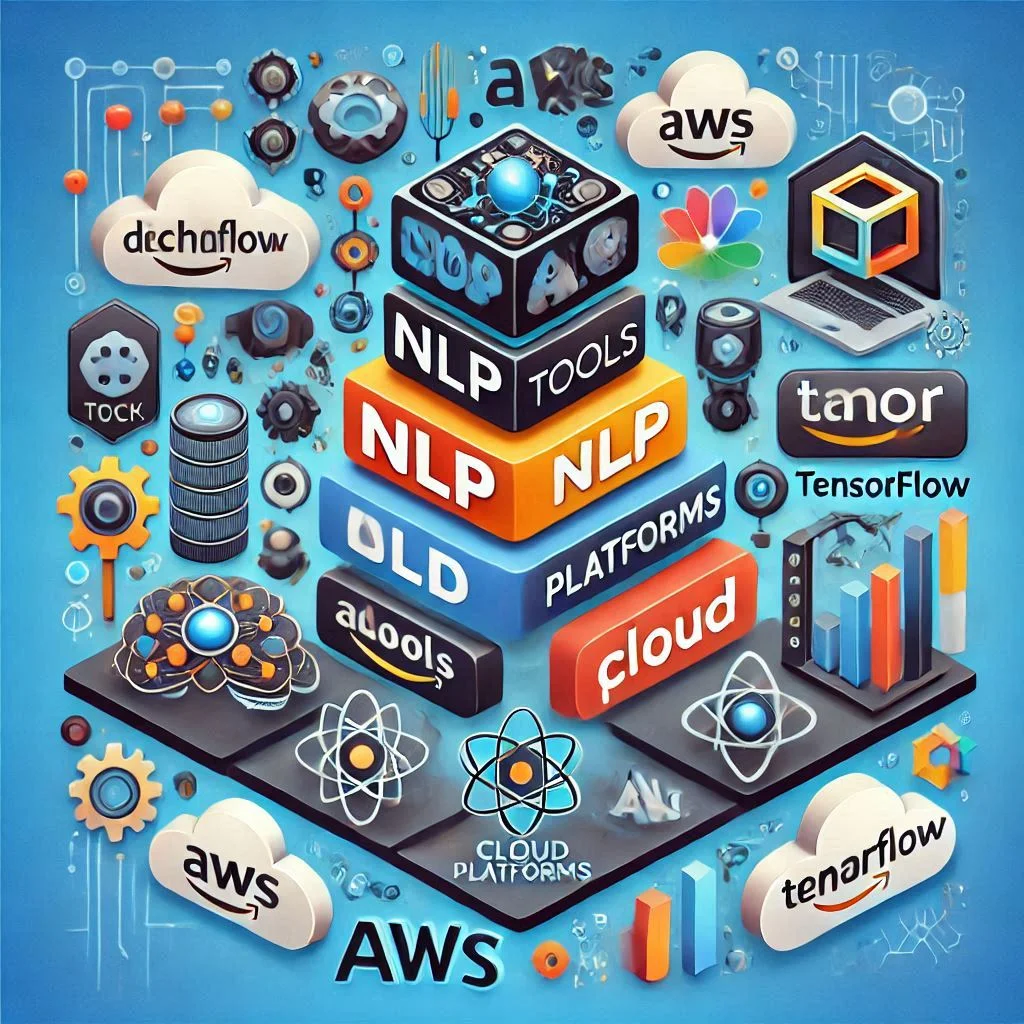
Develop a comprehensive knowledge base that includes FAQs, policies, product details, and any other information your bot might need to respond effectively.
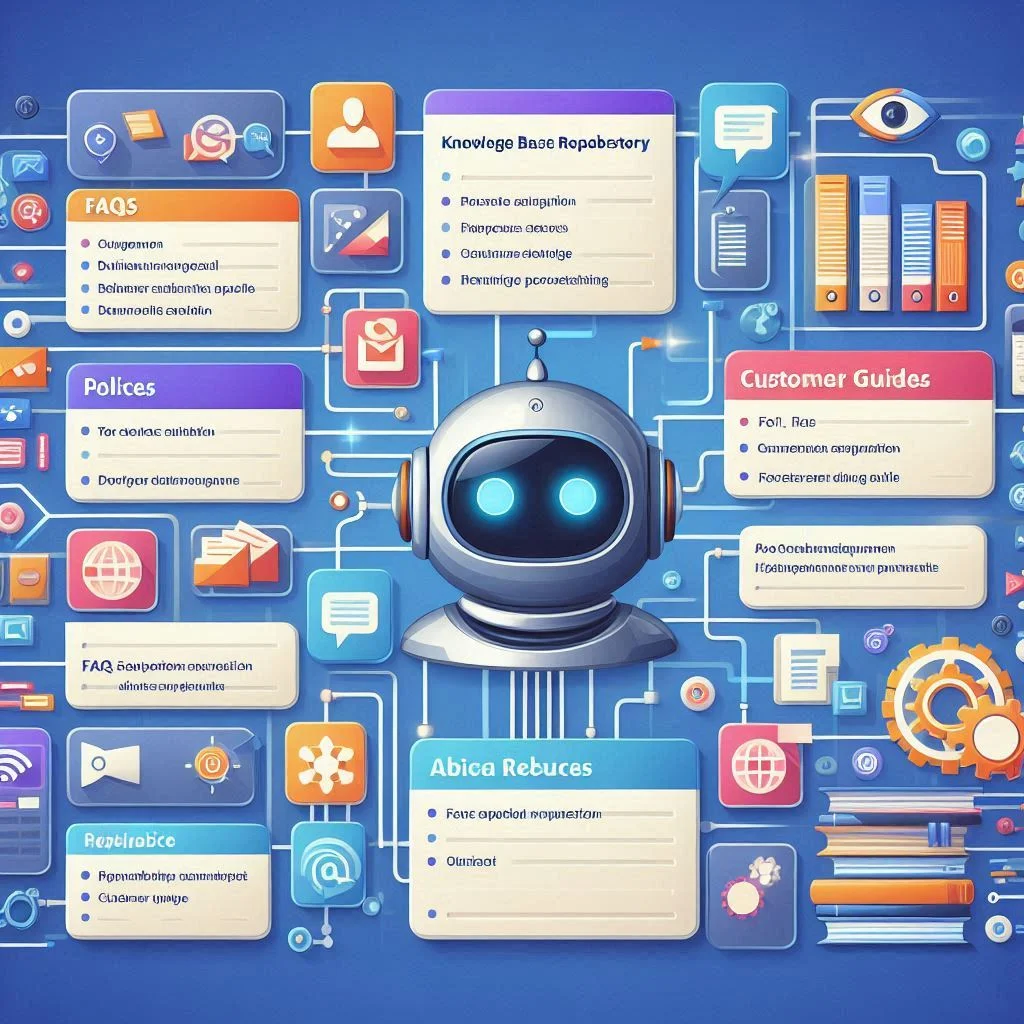
Create intuitive and user-friendly conversation flows to ensure seamless interaction. Use decision trees and scenario mapping to outline possible user queries and corresponding bot responses.

Integration and testing are crucial to ensure your bot performs efficiently in real-world scenarios.
Connect your AI bot to existing systems like CRM, ERP, or databases for seamless data exchange.
Ensure your bot's interface aligns with your brand identity and provides an intuitive experience.
Perform extensive testing using real-world scenarios to validate your bot's accuracy and performance.
Launch the bot on the chosen channel while ensuring it can handle real-time interactions seamlessly.
Implement data encryption, authentication mechanisms, and GDPR compliance to protect user data.
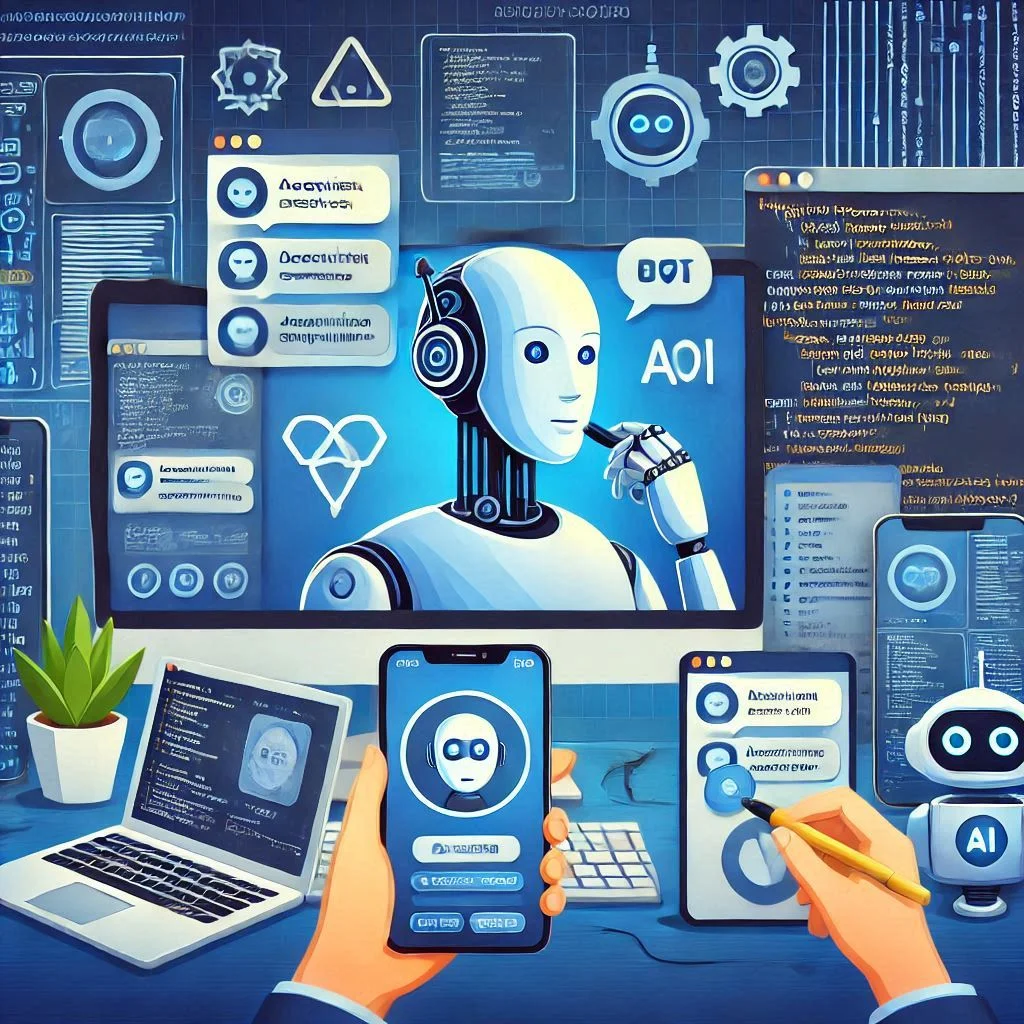
After deployment, monitor your bot's performance using analytics tools. Track metrics like user engagement, accuracy rate, and response time to make continuous improvements.
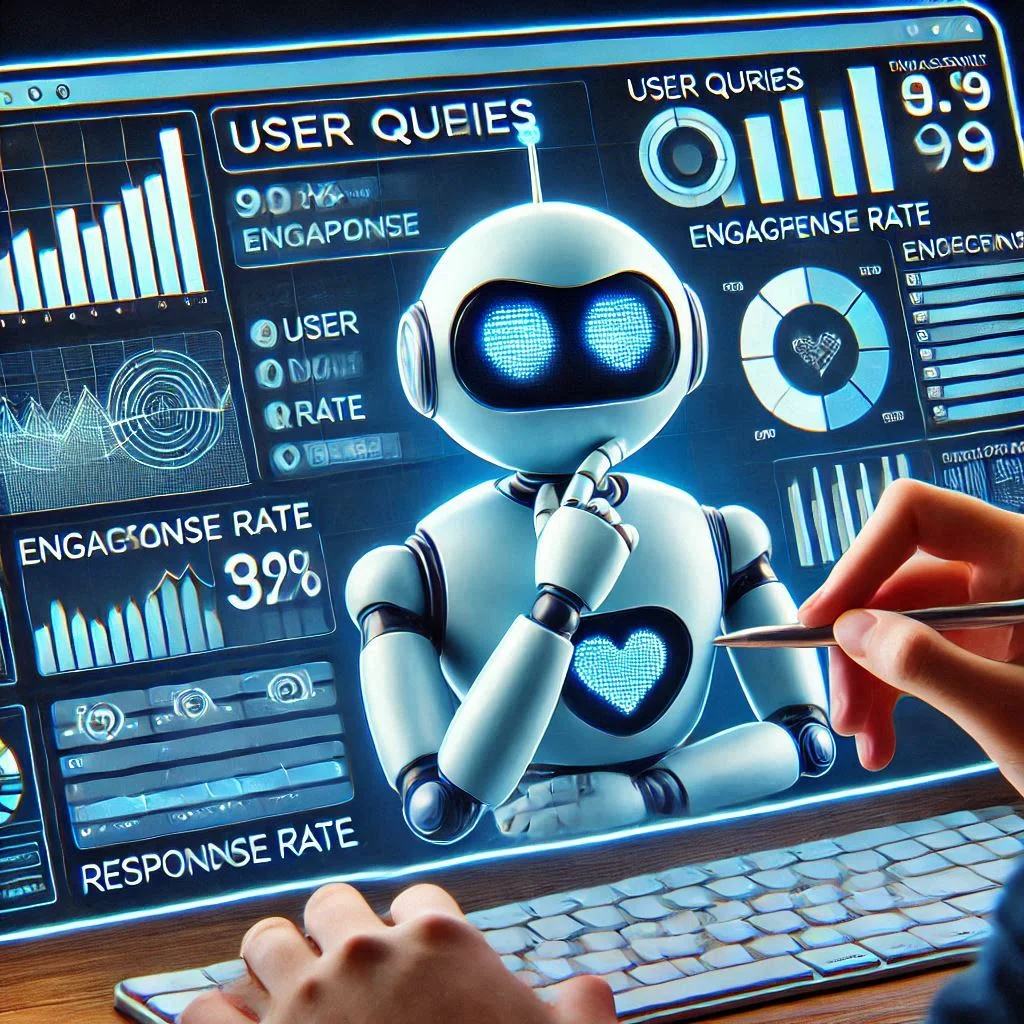
Choosing between pre-built AI chatbot builders and custom AI bots depends on your business requirements, technical expertise, and budget. Here’s a detailed comparison to help you decide the best option.
AI chatbot builders are ready-to-use platforms that allow businesses to create bots without extensive coding knowledge. These tools are designed for quick deployment and ease of use.
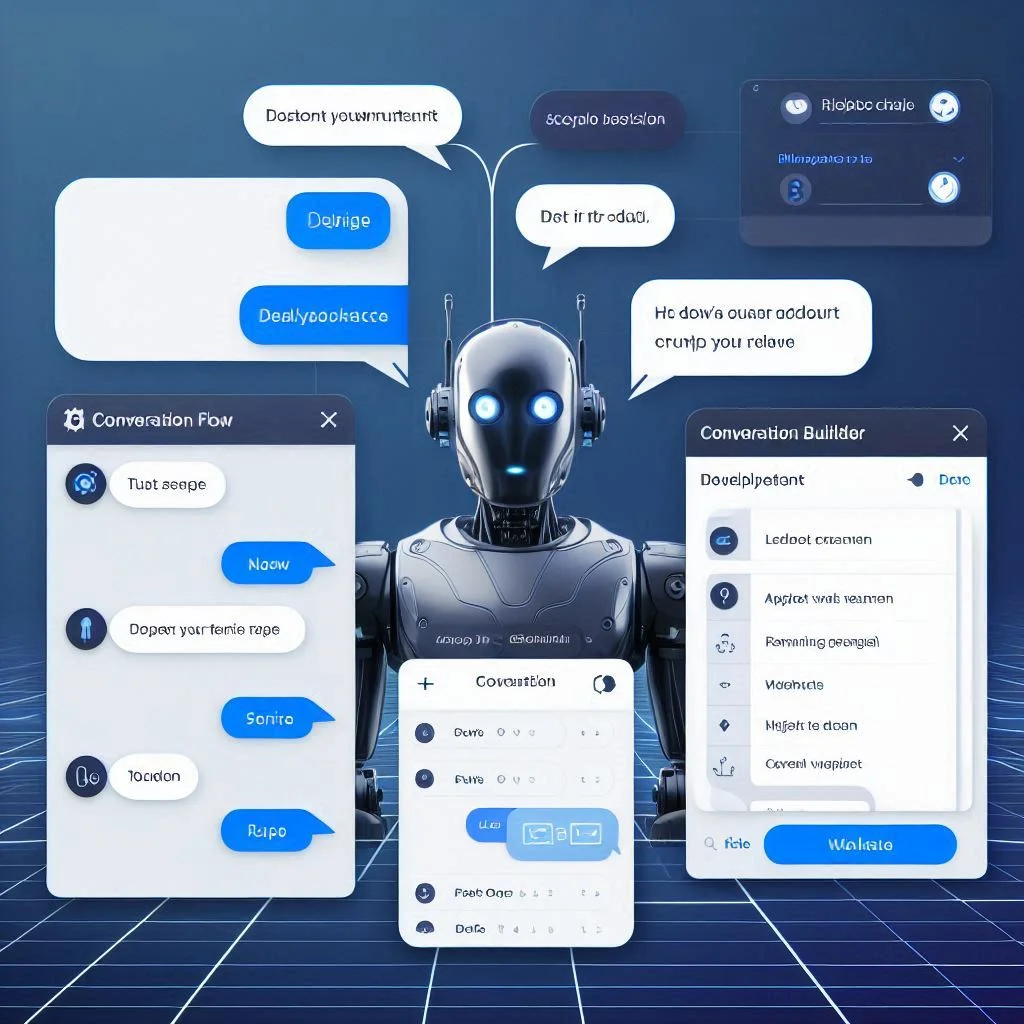

Building a Custom AI Chatbot
Custom AI chatbots are tailored solutions developed from scratch, and designed to meet specific business requirements. They provide unmatched flexibility and scalability but require more time and resources.
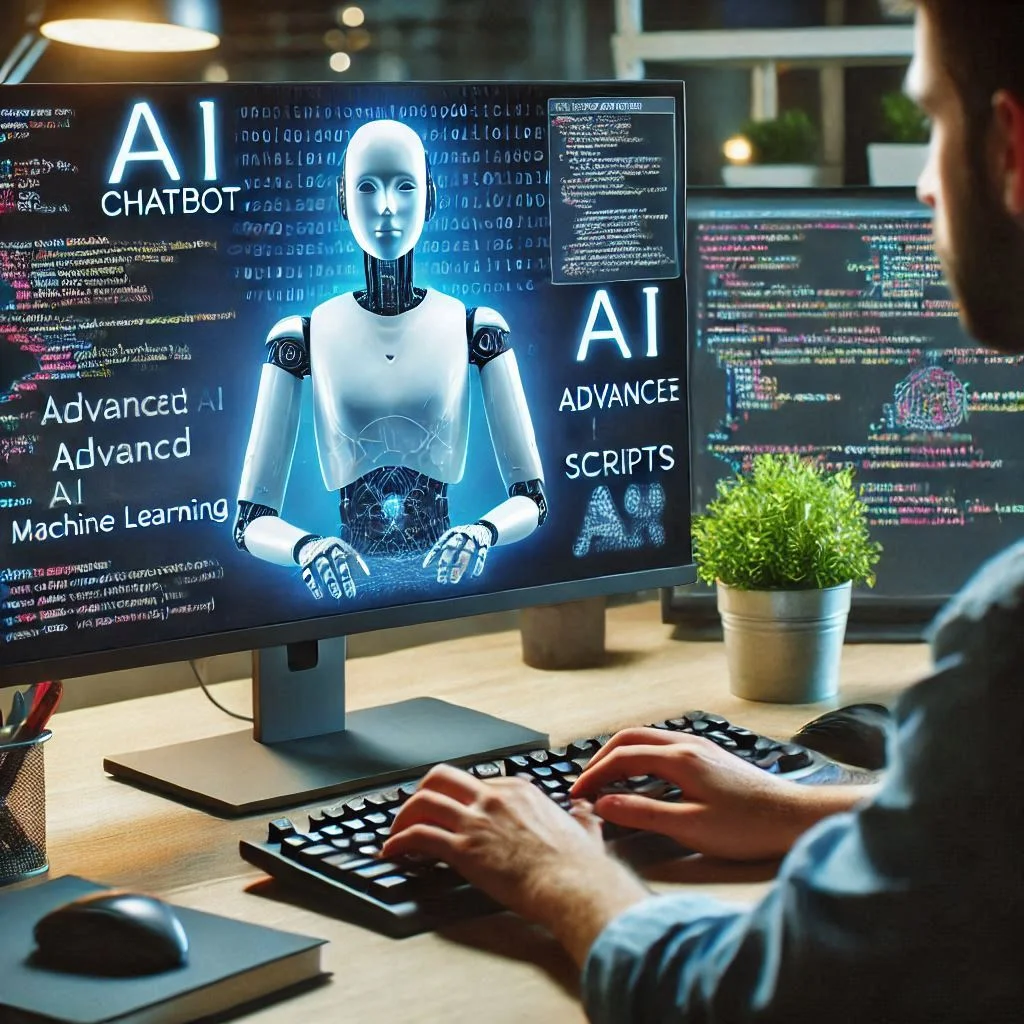

Creating an AI bot involves several steps, from planning to deployment. Here’s a roadmap:
Identify the problem your bot will solve, whether it’s customer support, lead generation, or internal automation.
Decide where your bot will operate—your website, messaging apps, or voice platforms.
Use NLP tools like Dialogflow or IBM Watson to process and understand user inputs.
Leverage platforms like AWS or Google Cloud for scalable and secure hosting.
Incorporate machine learning tools to enhance the bot’s intelligence.
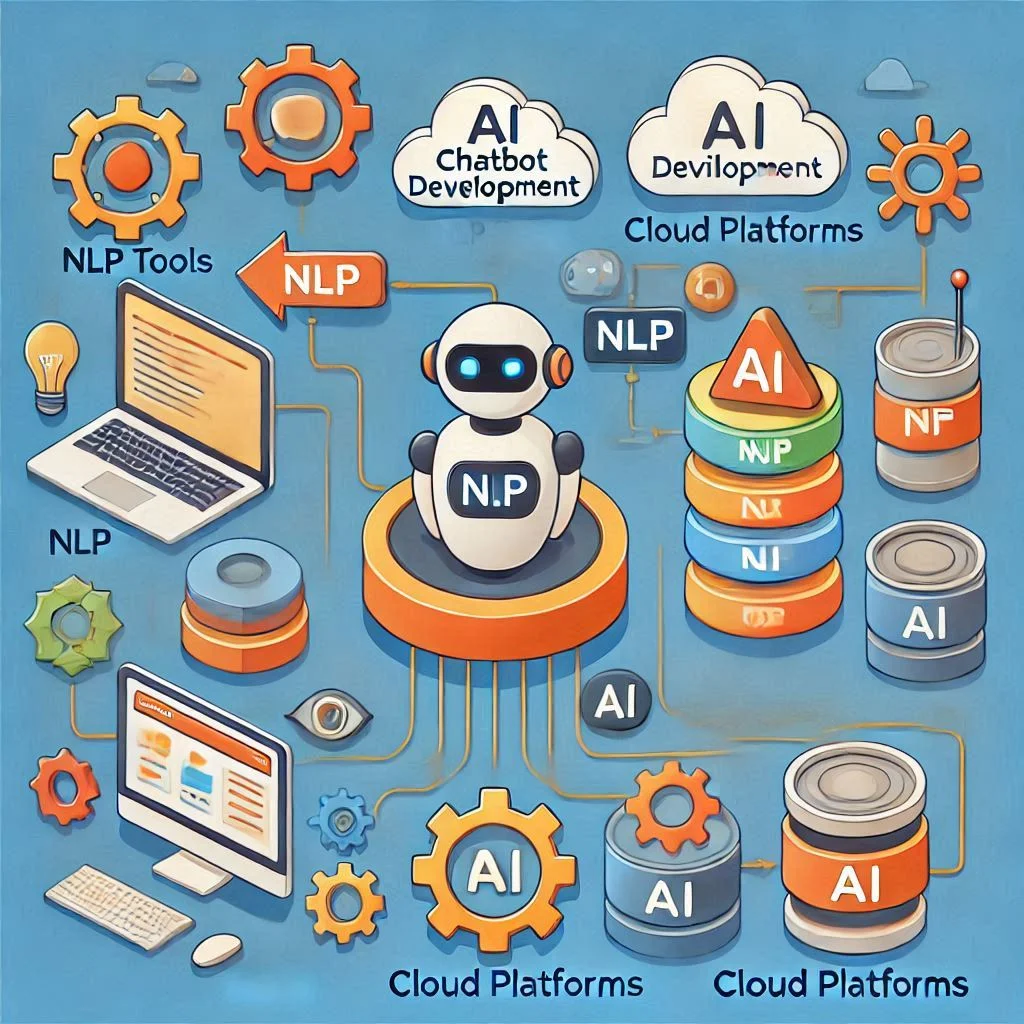
Create a comprehensive database of information that your chatbot can access to answer queries accurately.
Map out potential interactions to ensure smooth and intuitive conversations.
Ensure your bot integrates seamlessly with existing systems.
Develop an intuitive interface for user interactions.
Run extensive tests to identify and fix bugs.
Deploy the bot on your chosen platform.
Implement robust measures to protect user data.
After launching, continuously monitor the bot’s performance and refine it based on user feedback.
The global AI chatbot market is expanding rapidly, driven by the demand for automated customer service and operational efficiency.
Providing patient support, appointment scheduling, and medical advice.
Enhancing shopping experiences through personalized recommendations.
Assisting with banking inquiries and fraud detection.
Engaging users with content recommendations and interactive storytelling.
Managing bookings, itineraries, and real-time travel updates.
Streamlining customer support and boosting sales conversions.
Unlock FREE AI-Powered Content Creation with ZOOLI.AI
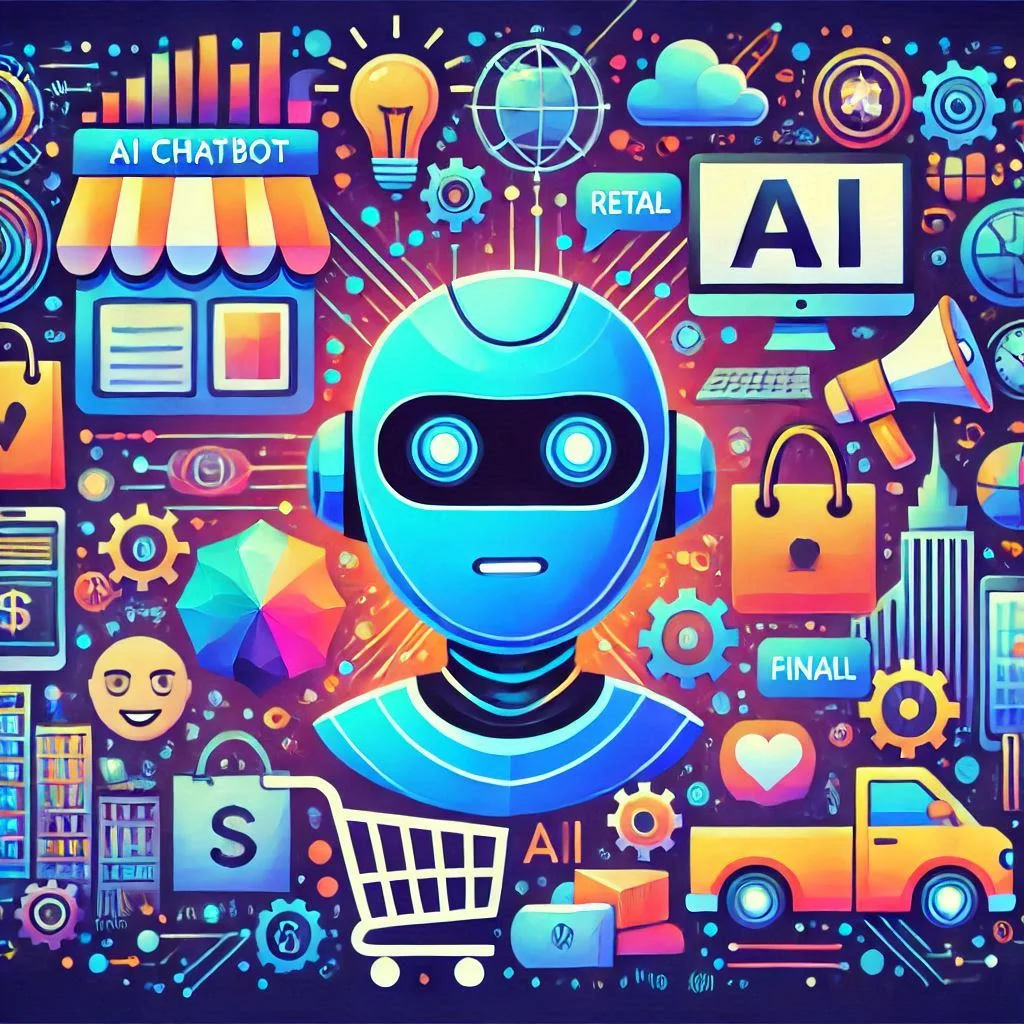
AI chatbots operate around the clock, providing immediate assistance to users regardless of time zones. This ensures customers receive real-time support without having to wait for human agents, enhancing customer satisfaction and trust.
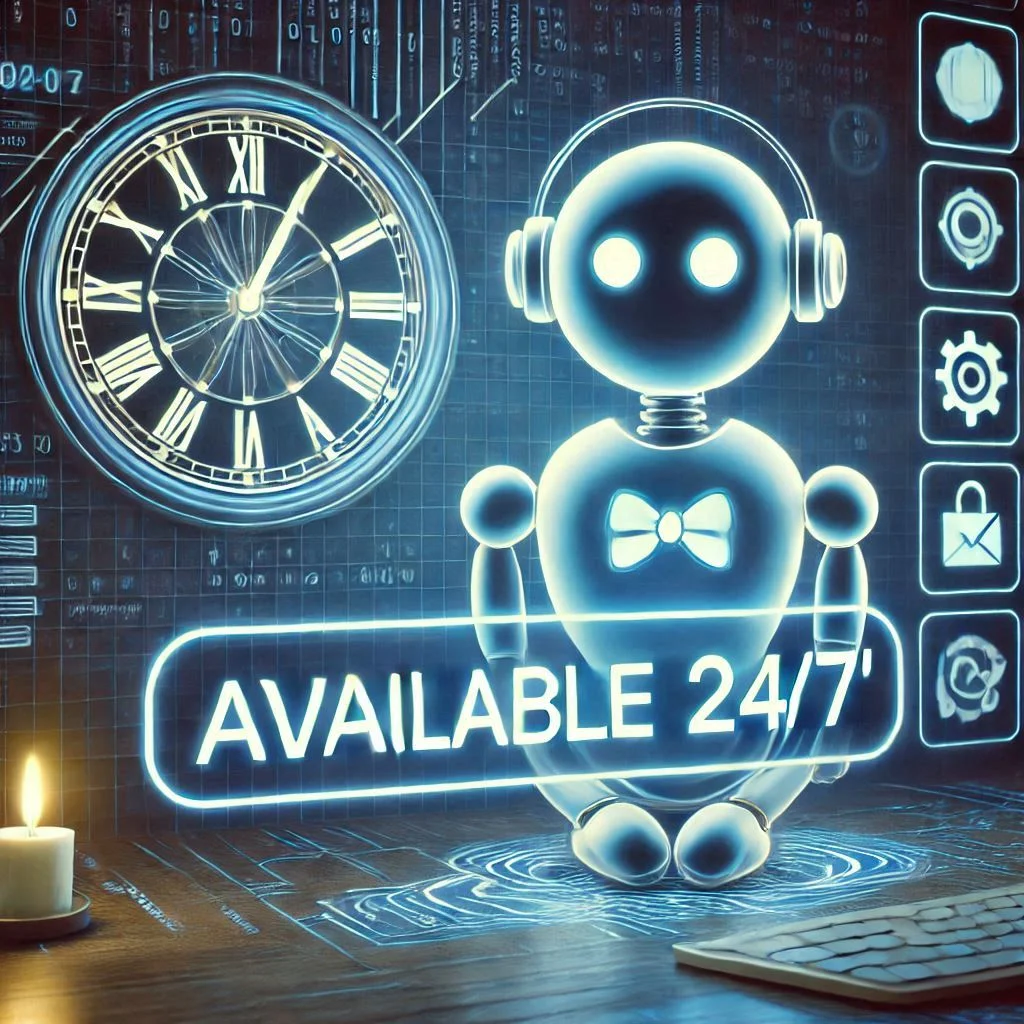
AI chatbots utilize customer data to deliver tailored experiences. By analyzing user preferences, behaviors, and past interactions, they can offer personalized recommendations and services.
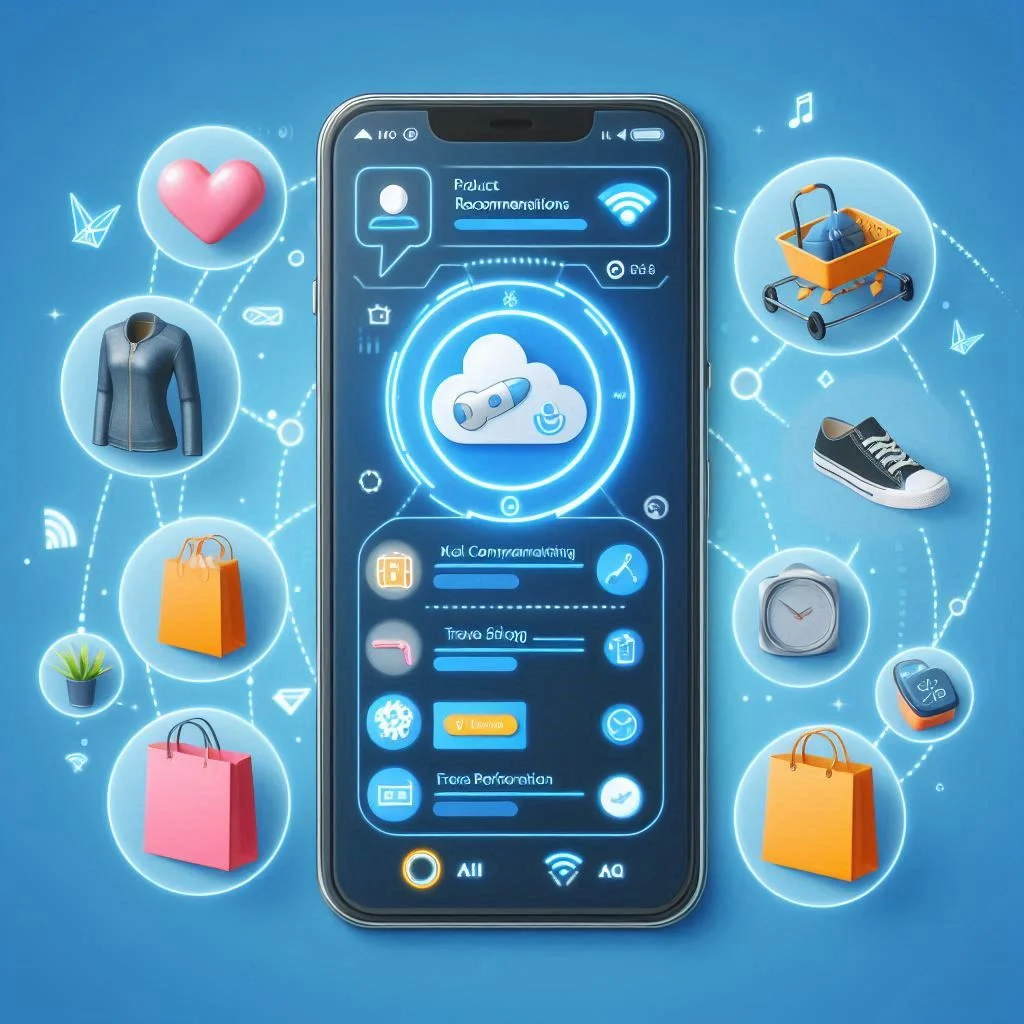
AI chatbots streamline complex workflows by automating repetitive tasks and guiding users through multi-step processes. Whether booking appointments or onboarding new customers, chatbots make the process simple and efficient.
AI chatbots are equipped to handle conversations in multiple languages, breaking language barriers and expanding the reach of businesses to a global audience.
Routine questions like “What are your store hours?” or “Where is my order?” can be handled effortlessly by chatbots, freeing up human agents to focus on more complex issues.
AI chatbots reduce the need for extensive customer service teams, saving businesses significant costs on hiring and training. They also shorten response times, enabling quicker resolutions.
By engaging users through interactive and conversational methods, AI chatbots improve user experiences and drive conversions. They guide customers through purchasing decisions and provide upselling opportunities.
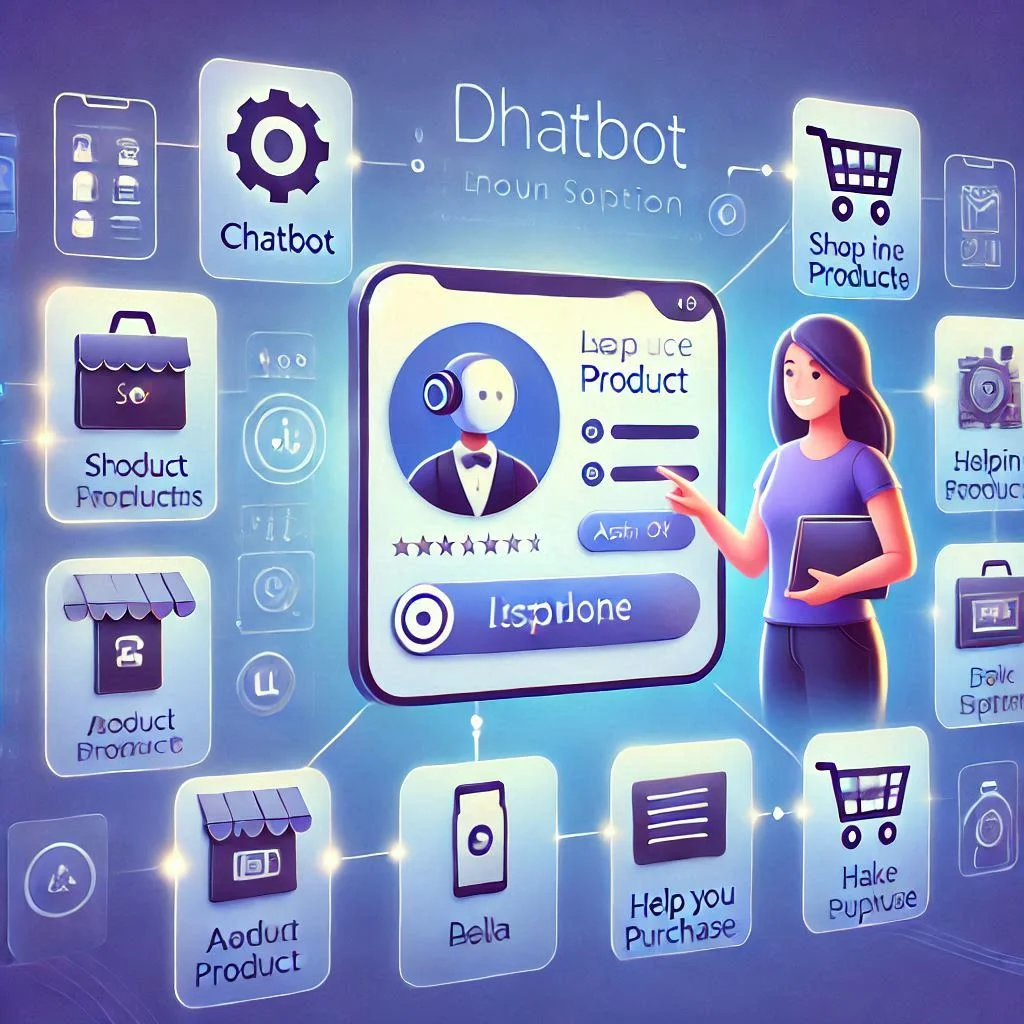
AI chatbots gather valuable customer insights through interactions, including preferences, pain points, and frequently asked questions. This data can inform marketing strategies and product development.
AI chatbots keep users engaged by providing meaningful interactions, and increasing session durations on websites and apps. This positively impacts metrics like bounce rates and SEO rankings.
AI chatbots enhance customer satisfaction by delivering quick, consistent, and reliable interactions. They ensure customers leave with positive impressions of your brand.
Chatbots provide a safe space for users to ask questions or discuss concerns without fear of judgment. This is especially valuable in sensitive industries like healthcare and mental health.
The cost of building an AI bot varies significantly based on complexity, functionality, and platform requirements. Here’s a detailed breakdown:
Factors Affecting Costs:

To create a successful AI bot, follow these best practices:
Establish the primary purpose of the AI bot, such as improving customer support, increasing sales, or automating processes. A well-defined objective ensures focused development.
Design the bot with the end-user in mind. Ensure intuitive conversation flows, quick response times, and friendly interactions.
Use existing chatbot platforms such as Dialogflow, Microsoft Bot Framework, or Rasa to save development time and costs. These platforms come with pre-configured features and support.
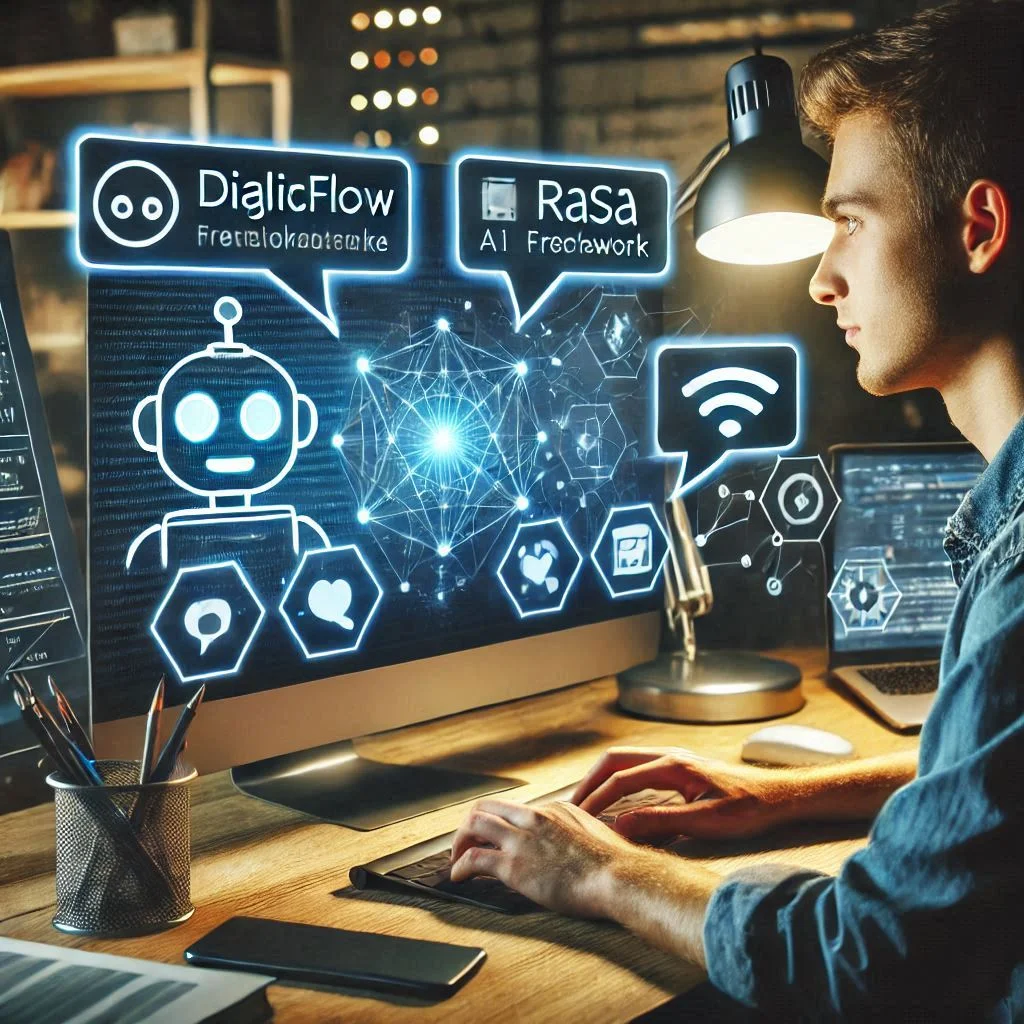
NLP enables your chatbot to understand and respond to human language effectively. Invest in AI tools like OpenAI, Google NLP, or Amazon Comprehend for seamless communication.
Perform rigorous testing before launching your bot to ensure smooth functionality and error-free interactions.
Plan for future growth by designing the bot to handle increased user traffic, diverse functionalities, and multiple languages.
Protect user data by adhering to industry regulations like GDPR or CCPA. Implement encryption and secure authentication measures.
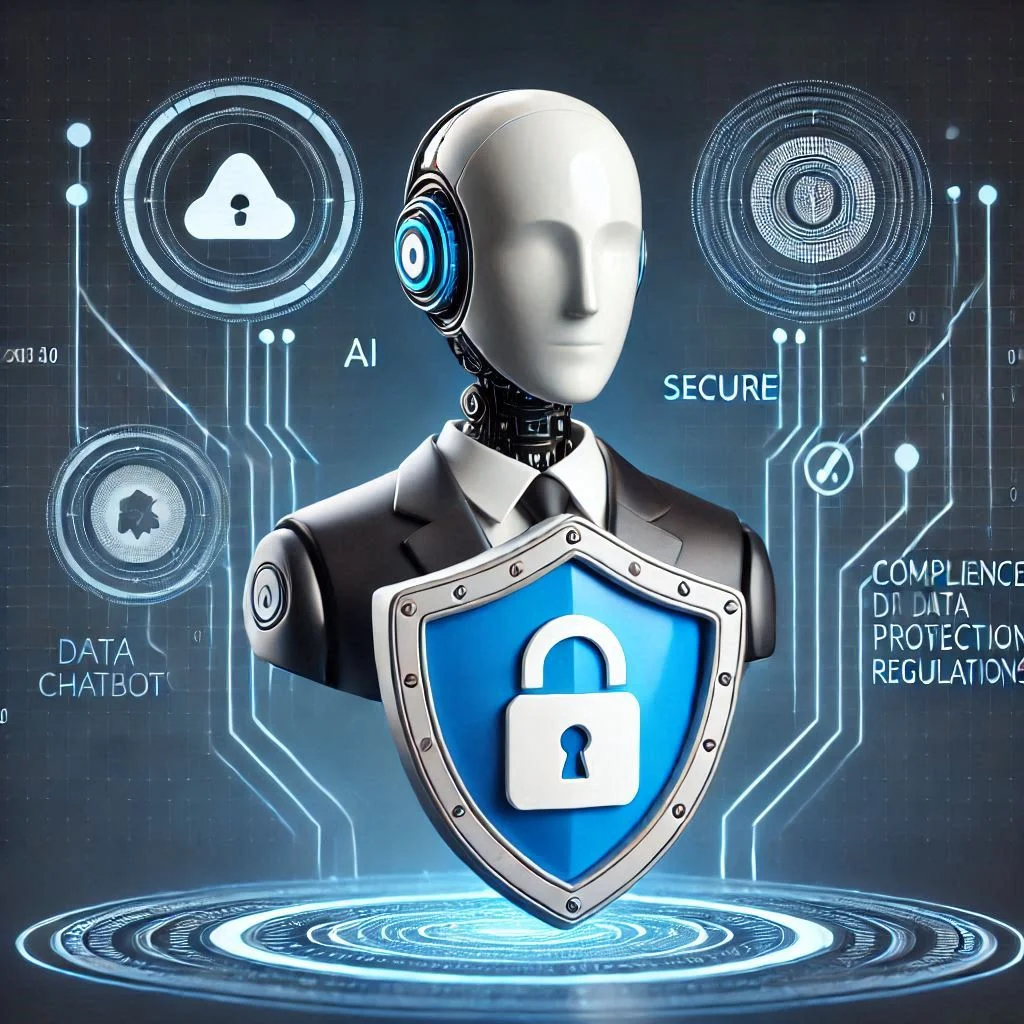
Use analytics tools to track your chatbot’s effectiveness. Metrics like user satisfaction, session duration, and conversion rates help optimize performance.
Begin with basic functionalities and expand as you gain insights into user behavior and business needs. This approach minimizes risks and ensures smoother deployment.
Encourage users to share their experience with the bot. Use this feedback to fine-tune its performance and address pain points.
Testing is essential to ensure your AI bot functions seamlessly across different scenarios. Use advanced testing tools and frameworks to validate performance, security, and user interactions.
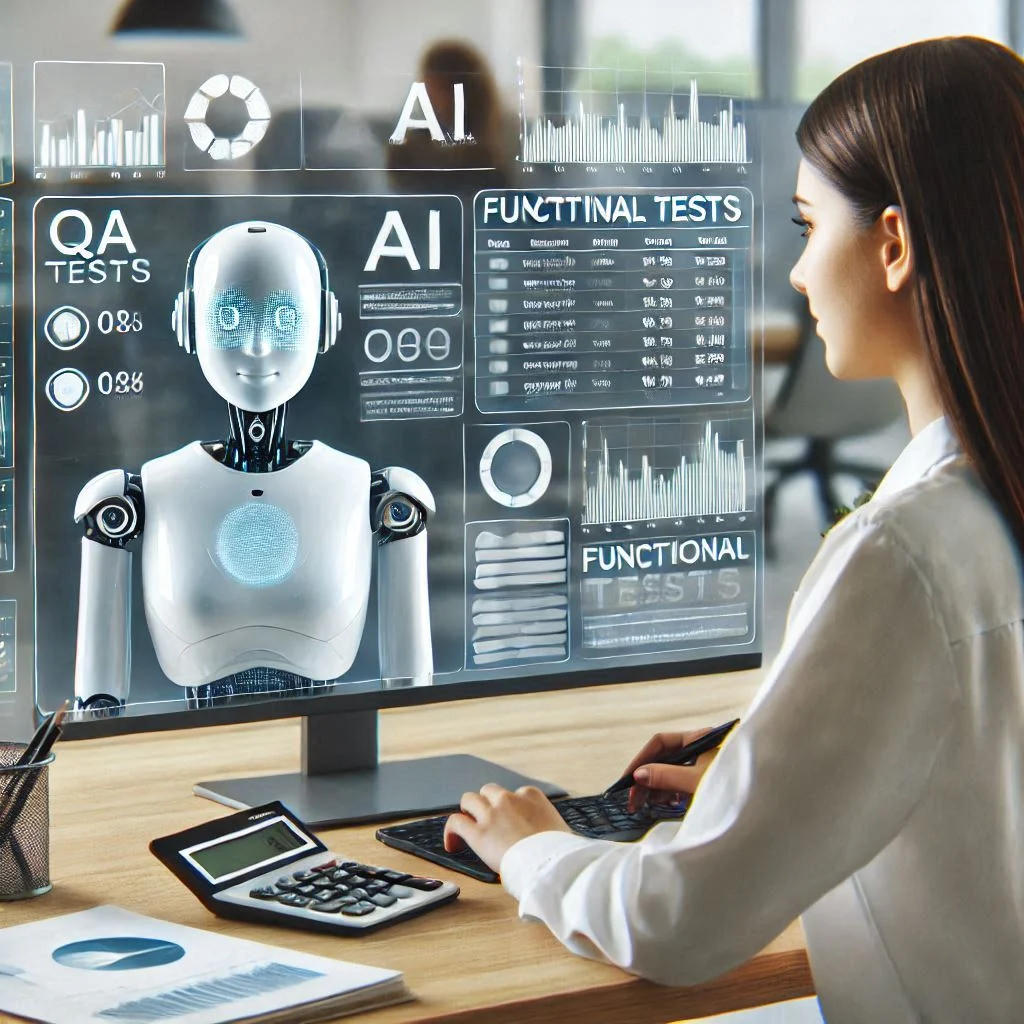
The first impression matters. Design engaging welcome messages tailored to your audience.
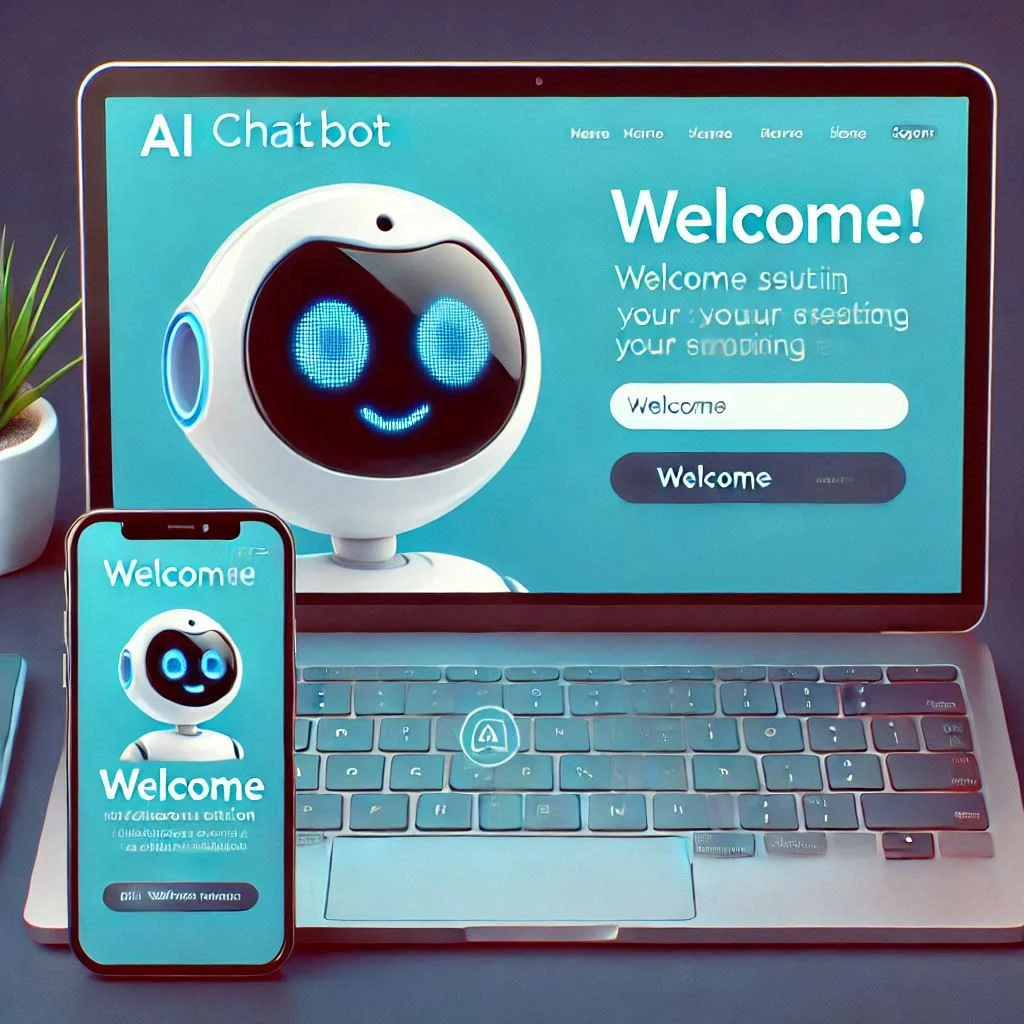
Before going live, ensure your chatbot is polished and aligned with business goals.
Launching is only the beginning. Continuous monitoring and optimization are essential for long-term success.
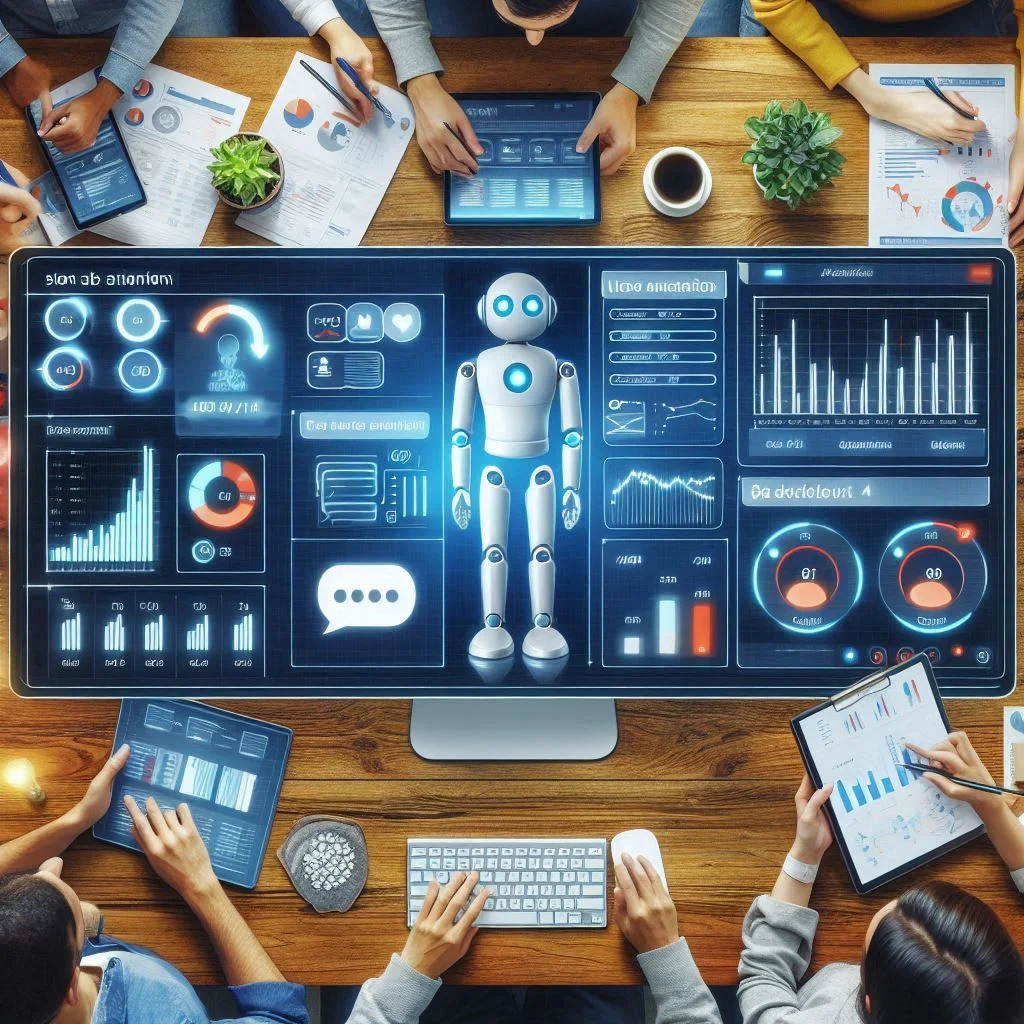
AI bots enhance customer engagement, streamline processes, and provide scalable solutions.
Conclusion
Building an AI bot can transform your business operations and customer engagement, offering seamless, efficient, and personalized interactions. From understanding the different types of AI chatbots to creating, testing, and refining your bot, each step is crucial for developing a tool that adds value and scales with your needs. While deciding between pre-built chatbot platforms and custom solutions involves weighing pros and cons, the right choice depends on your unique objectives and resources. By following the detailed steps outlined in this guide, you can successfully create an AI bot that enhances your customer experience, boosts efficiency, and drives long-term growth. Embrace the power of AI technology and stay ahead in the ever-evolving digital landscape.